Set Design Short Course
School
University of the Arts, London
Project Type
Research, Creative Ideation, 3D Modelling
Overview
As a huge live music and theatre fan, I’m incredibly inspired by creative studios like Es Devlin and Perron-Roettinger, and the way they transform spaces and evoke emotion through design. To learn more about the art of spatial storytelling I took online night classes in Set Design for Performance at University of Arts, London.
This case study gives an overview of the piece I worked on during this time, using the practical skills in research, idea development, testing and presenting.
Context
The class studied the play ‘Overtones’ by Alice Gerstenberg (1913). It follows two women having tea in a New York home. The play’s ingenuity is in its use of two actors to play each woman; an inner and an outer self. Interior monologues are written as dialogues. The polite and proper ‘cultured selves’ are pestered, insulted, and goaded by their inner ‘uncultured selves’, who interact with each other in open displays of violent dislike in a way that their counterparts cannot.
Text analysis
I used a number of exercises to familiarise myself with the text
Scene breakdown chart
This helped in understanding the dramatic structure of the play. I identified units in the script that indicate change in direction of a scene; whether in energy, emotion, purpose or tone.
Character chart
I identified what the characters say about themselves and other characters, highlighting their individual traits and relationships.
E.g. Compared to her ‘cultured’ counterpart, Hetty’s dialogue is charged with energy and raw emotion. Her speeches use vivid imagery in stark contrast to her outer persona; she is unfiltered. This contrast is something I wanted to explore.
Then, pushing aside the overall conversation and details, I looked at themes in the text, creating lists of related words to stimulate the design process.
I found strong themes around…
Nature
Pretense/falsehood
Light/dark
Confrontation/conflict
“I am the rushing river; you are the ice over the current”
“My heart is torn with sorrow”
Ideation
For each major theme I ideated using a spider diagram, and started to think about visual motifs that could convey the meaning of the play.
One train of thought looked at rebellious subcultures (e.g. skate punk) as a way to portray the unexpressed emotions of the ‘uncultured selves’; their freedom and rejection of the norm co-existing with wider society.
Research
To begin to piece together the feel of the visual world of the set I started to research visual e.g. art movements and styles of the 1910’s, interior design elements. Wainscoting wall panels, and interior elements like damask wallpapers came up consistently.
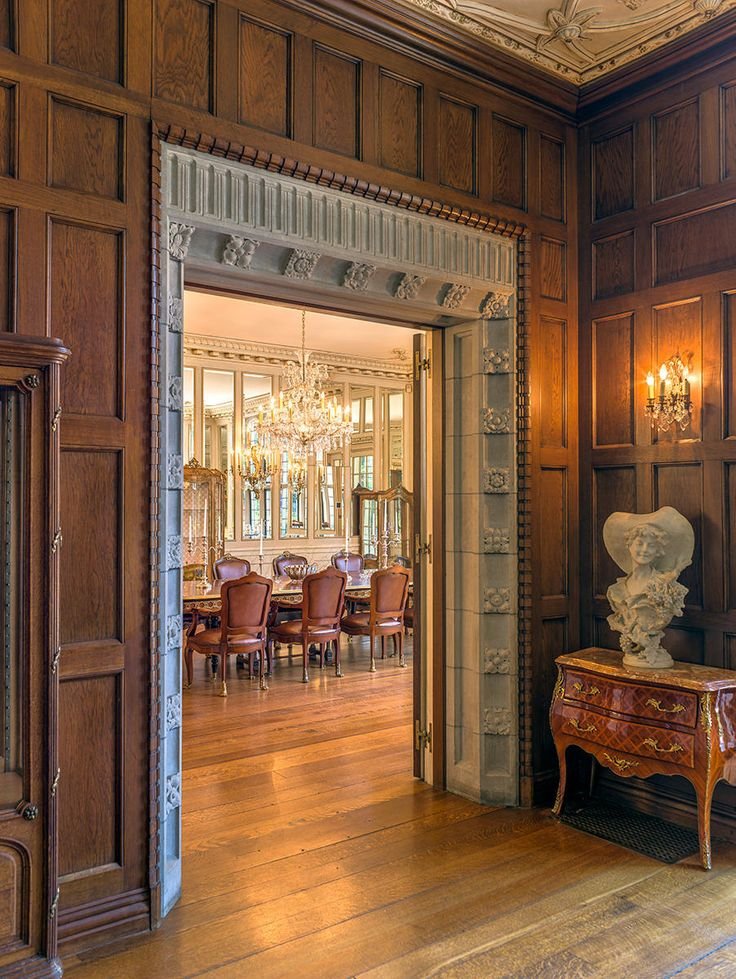

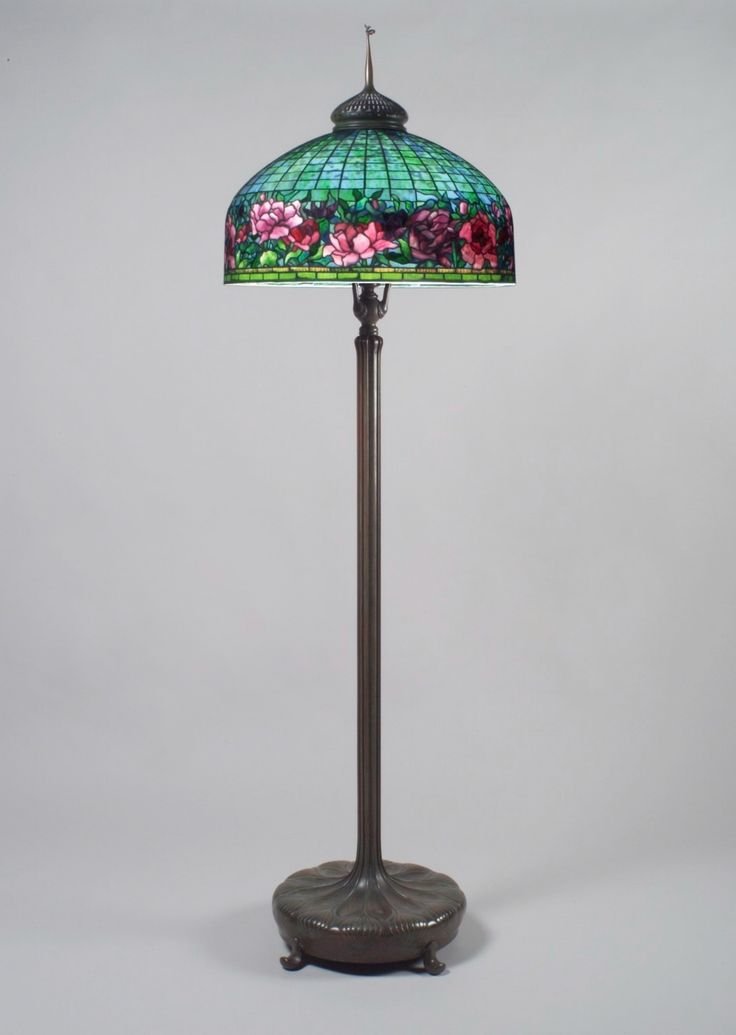
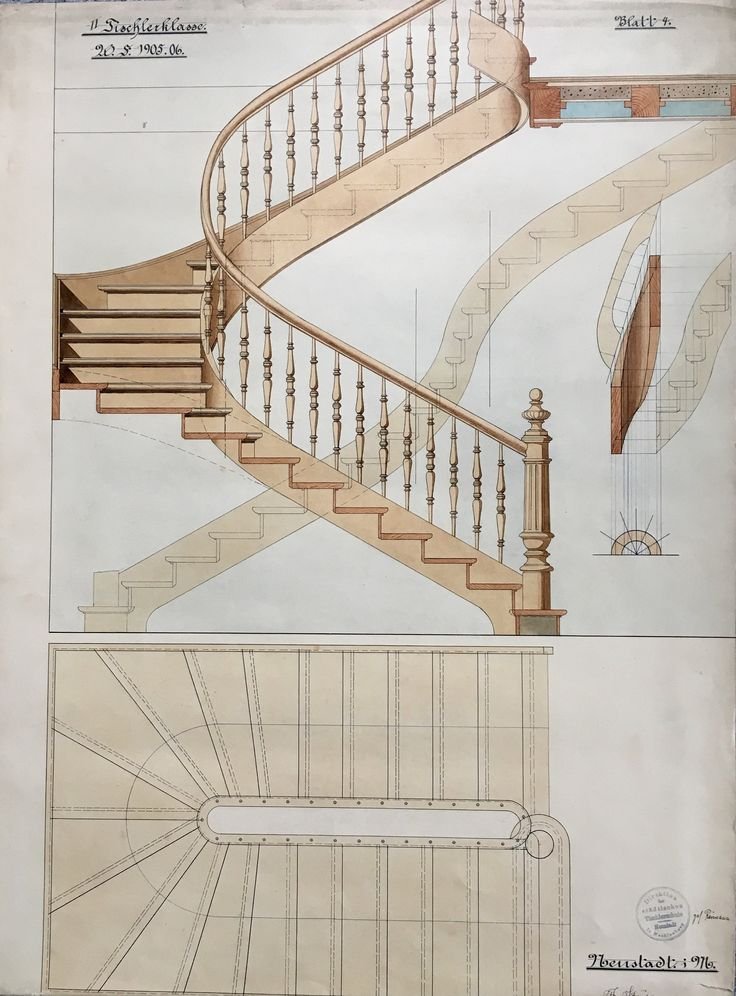
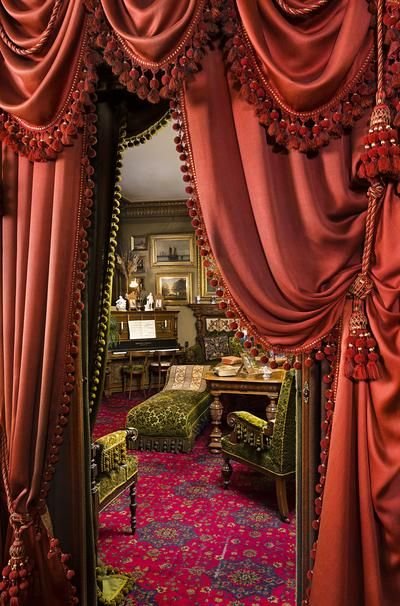
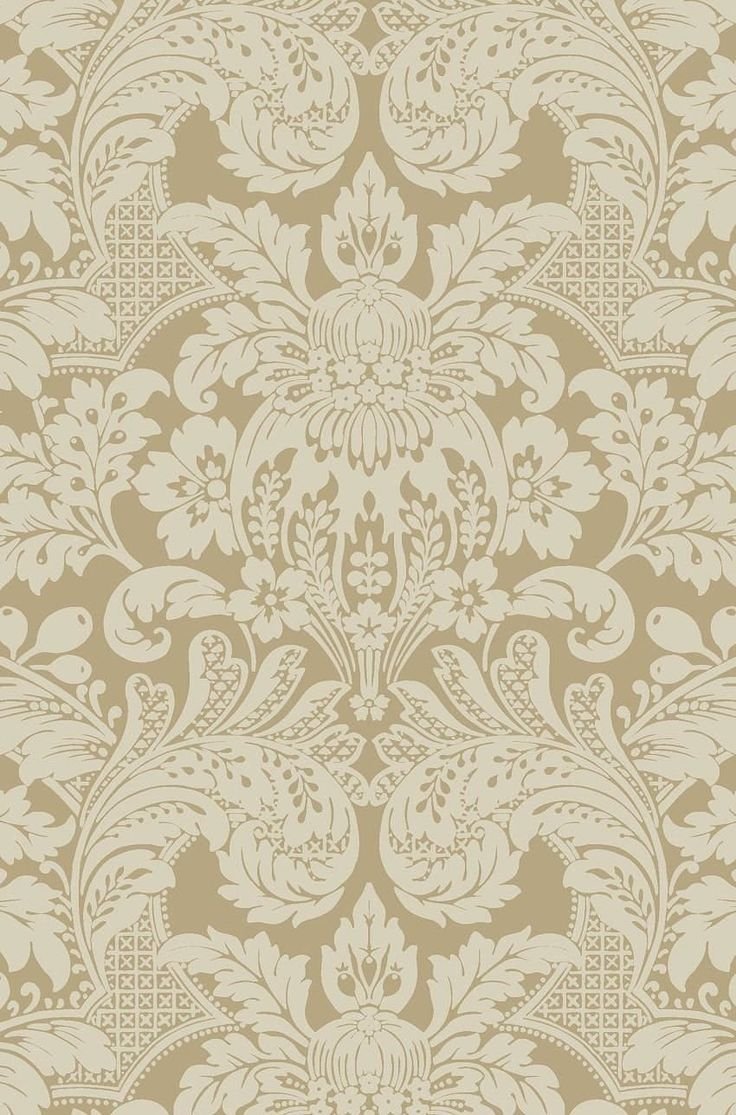
Final concept
Multi-level set where Hetty and Maggie occupy a gritty, textured lower stage or pit with sweeping structures and organic shapes taken from skate punk culture. The idea was that the actors could use the space physically to convey the energy of the dialogue, contrasting with the still and pristine upper stage where the ‘cultured selves’ sit.
Model making
Using the technical specifications of the group’s assigned theatre I built a scaled 1:25 model out of foam board, first creating the floor space, then adding the walls with an overhang.
This was my first experience building a scaled model. After working on one for a few weeks I attempted a second much faster, and with a much cleaner result.
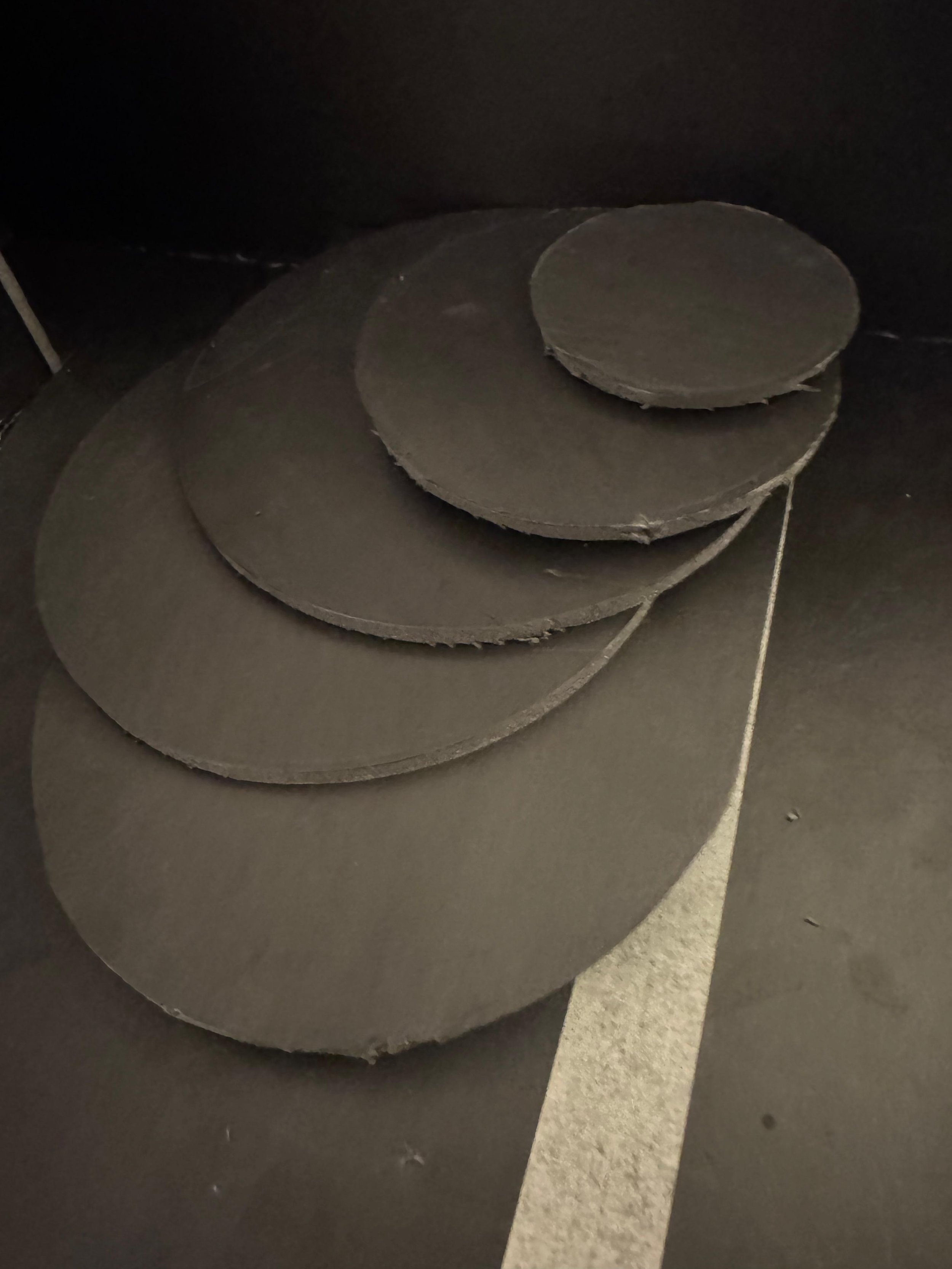
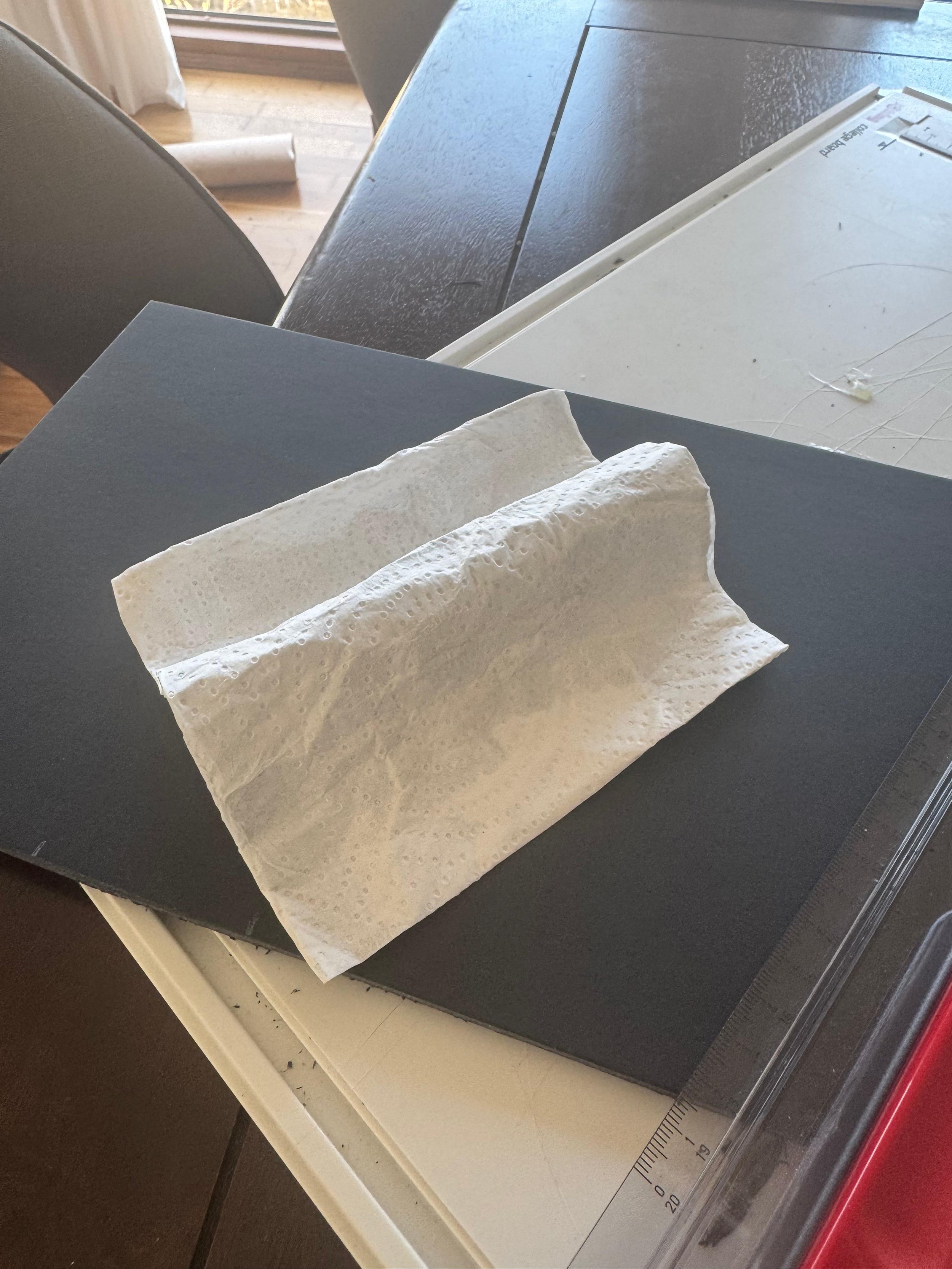
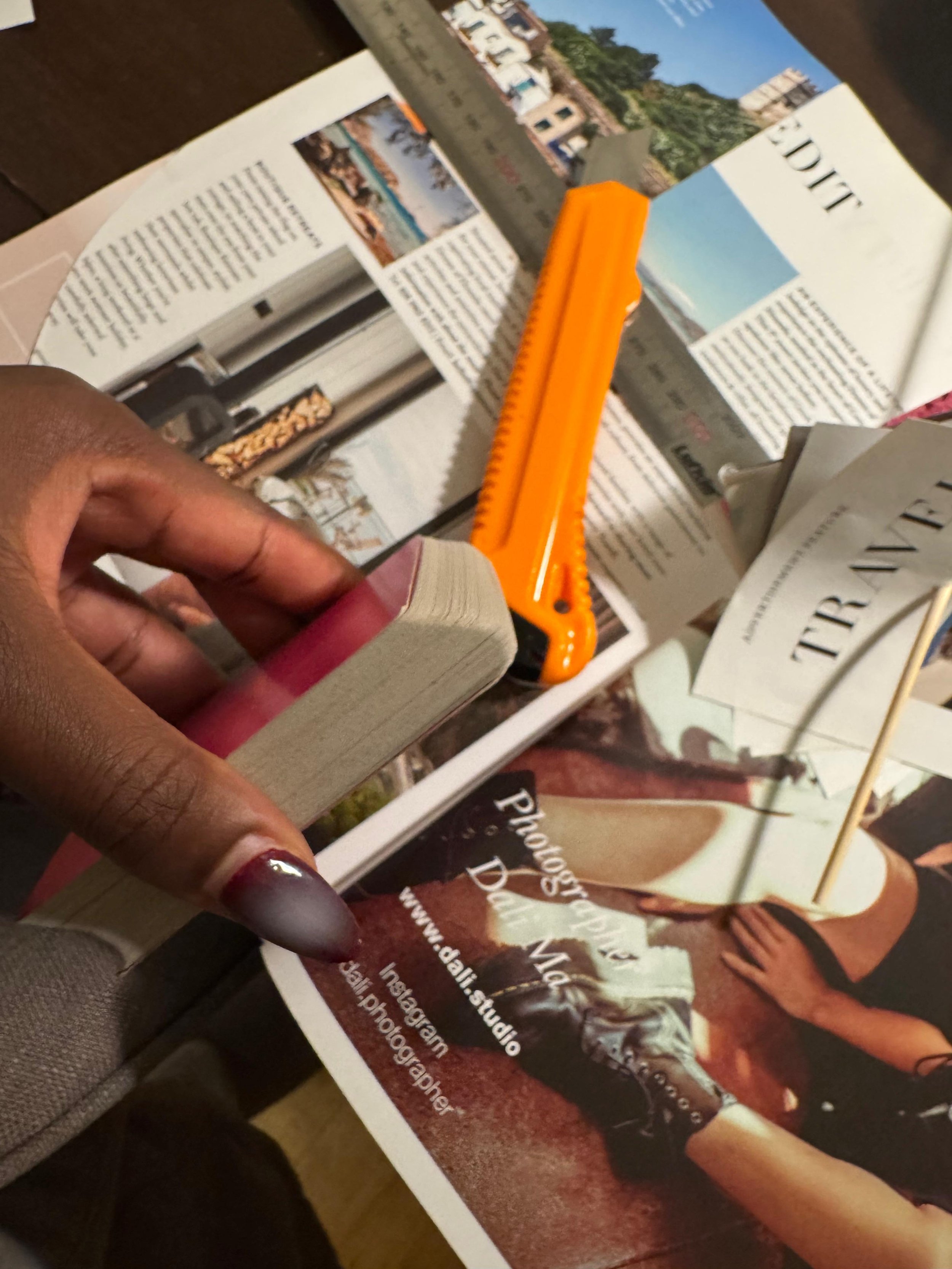
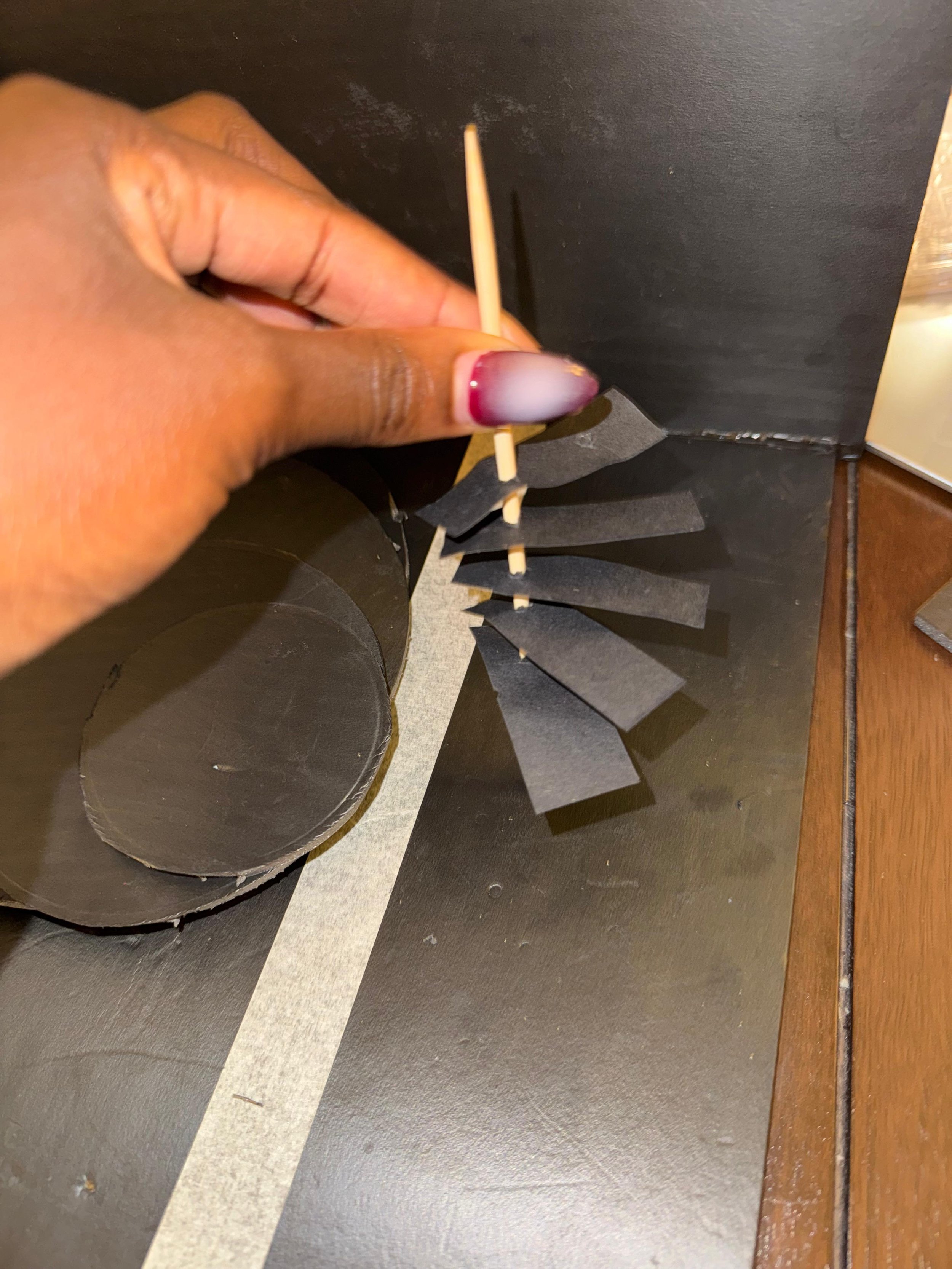
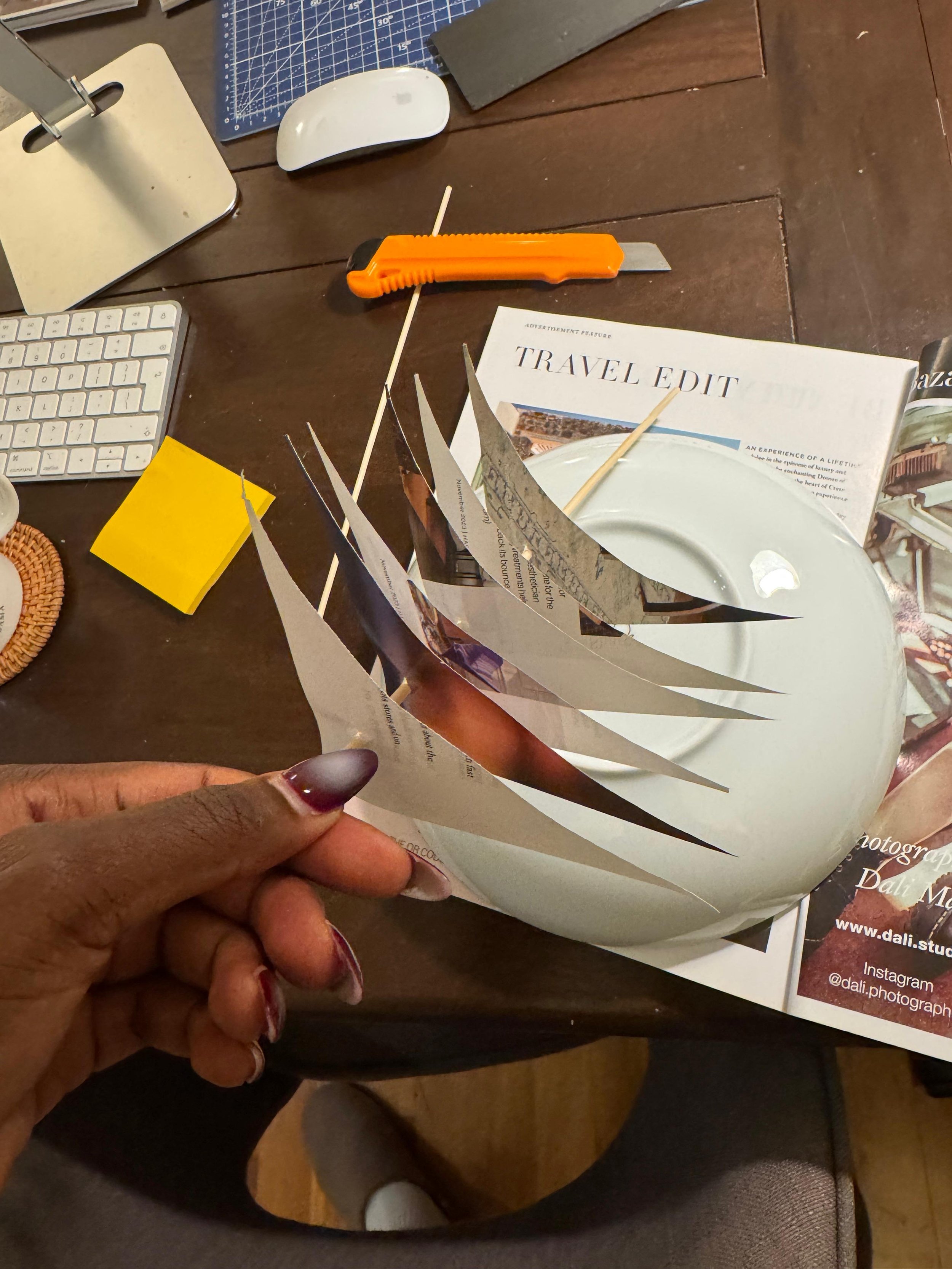
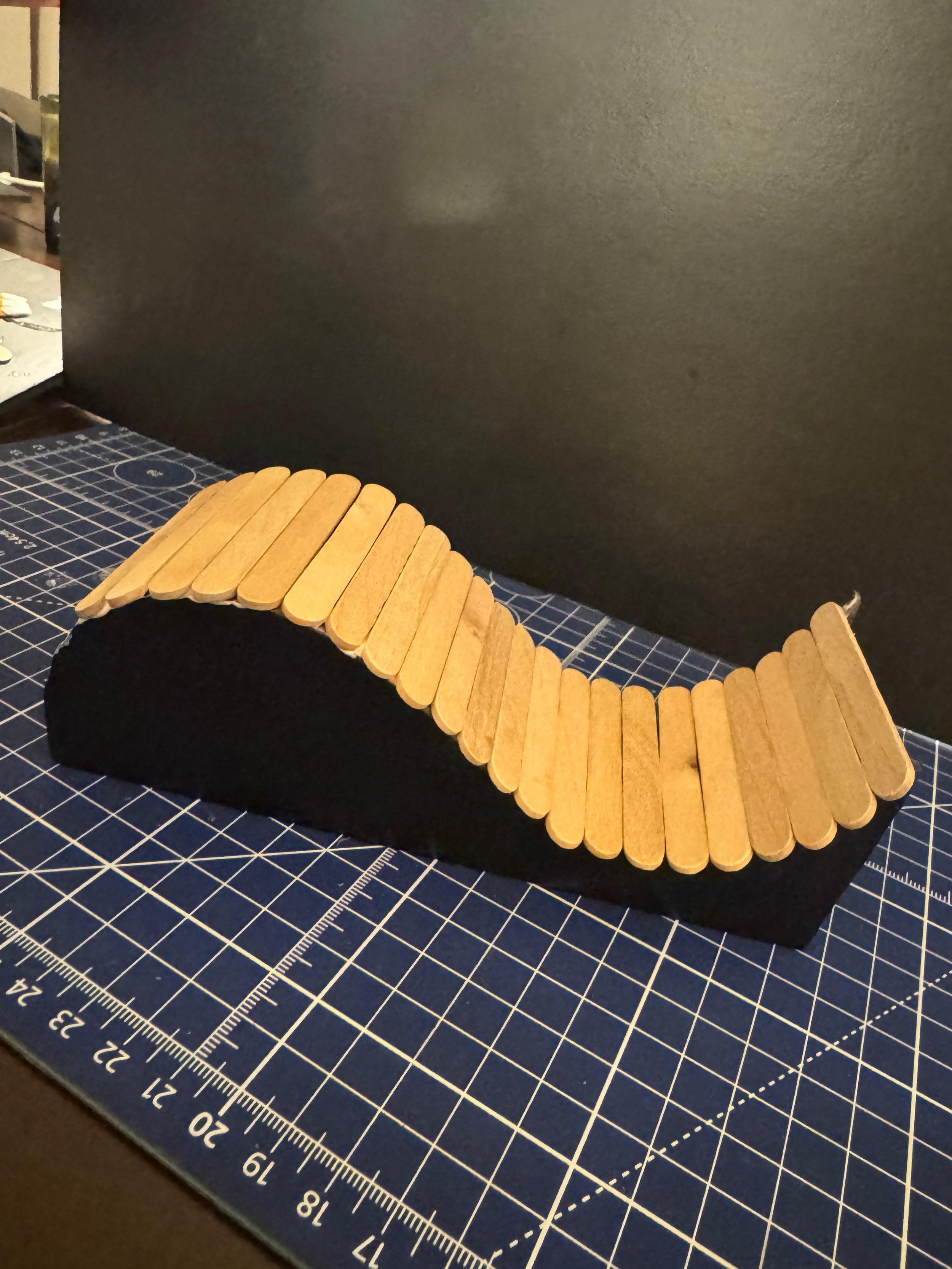
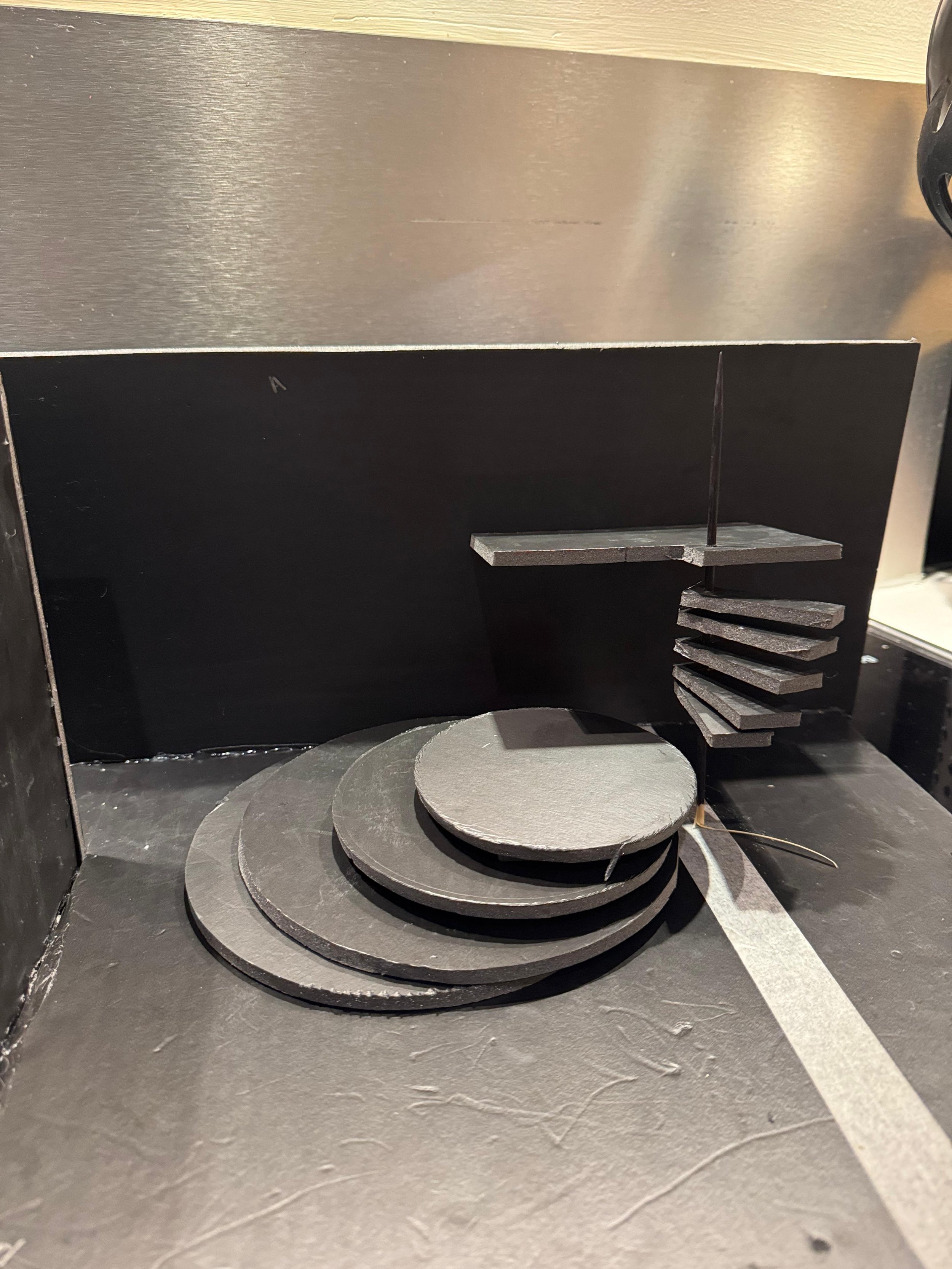
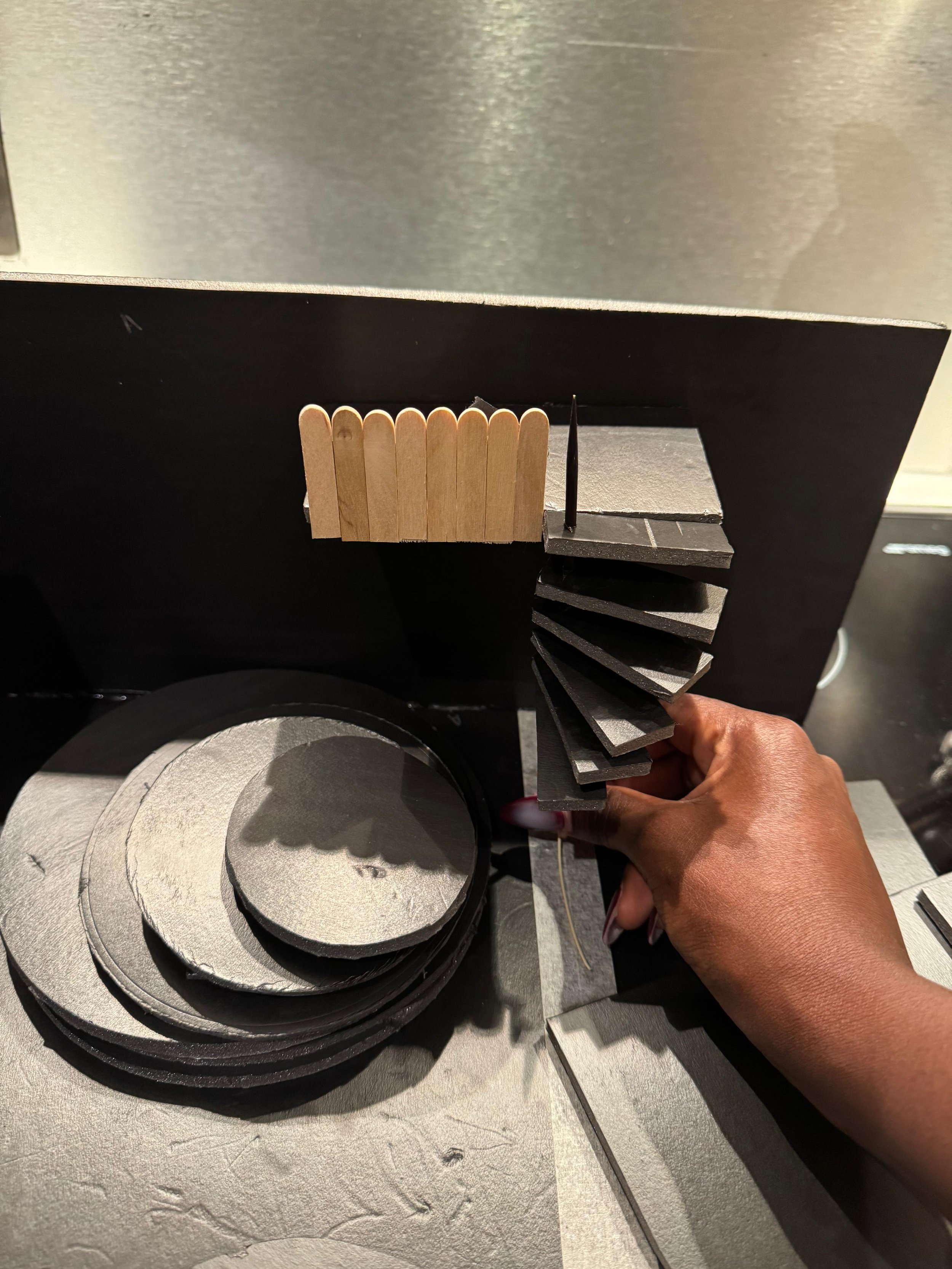
Using the sketches as a reference, I experimented with household materials to represent the stairs and “pit” for the uncultured selves. I tried stacking foam circles, gluing foil to paper towels to create a moldable material.
Testing first with pieces of card, I found I could make a spiral staircase with bamboo skewers, and intricate slopes with popsicle sticks glued on foam curves
Conclusion
This course was brief but provided a valuable introduction to set design for live performance. I gained a deeper understanding of the creative process ‘IRL’, from research and ideation to communicating concepts to different stakeholders. While materials were limited to what I had at home, the opportunity to work through hands-on tasks helped me feel much more confident measuring, scaling and working with tools.
The experience has encouraged me to continue experimenting in this field, particularly using 3D software to make more accurate models.













